The CEBD, utilizing volunteers and outside contractors, is developing a series of seven decarbonization guides. The guides are tools for engineers, building operators, facility managers, design professionals and policy makers to decarbonize the building stock. Come back to see when the newest versions are available.
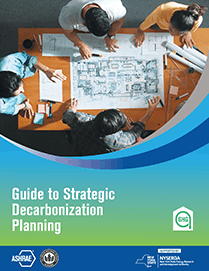
Guide to Strategic Decarbonization Planning
This guide helps project teams establish strategic decarbonization plans for deep reductions in operational carbon emissions in existing buildings and aids engineers and building professionals in hastening the transformation of the real-estate market toward a decarbonized state. Decarbonization planning should focus on the core operations of a building itself, with the goal of making the building capable of operating on clean electricity most of the time. Strategic decarbonization is an approach that champions integrating budgeting and execution of decarbonization strategies into the typical planning and business cadence of a real-estate asset. This combination of technical and real-estate insight enables decision-makers to achieve more significant decarbonization with less capital by executing strategies in tandem with interventions already identified in capital expenditure planning. This guide was developed as a collaboration among ASHRAE, U.S. Green Building Council (USGBC), and New York State Energy Research and Development Authority (NYSERDA), which all recognize the need to drive the building sector toward carbon neutrality by mid-century and that decarbonizing the energy consumption of existing buildings will be key to this transition.
Download Now
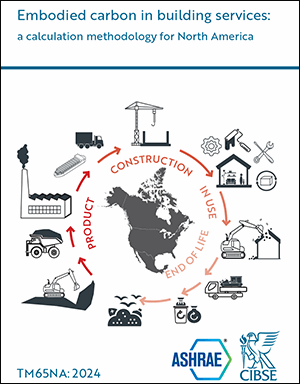
CIBSE TM65 for North America: The Chartered Institution of Building Services Engineers (CIBSE) developed and published ‘TM65 Embodied carbon in building services: a calculation methodology’ in 2021. TM65 outlines the need for assessment of the embodied carbon of mechanical, electrical and plumbing (MEP) systems and guidance on how to estimate the embodied carbon of MEP products when environmental product declarations (EPDs) are not available. TM65 provides valuable guidance for the MEP community and beyond; however many of the method’s inherent assumptions are specific to the United Kingdom (UK). There is a need for this type of guidance for other parts of the world, and CIBSE has developed a guidance ‘Addendum’ for adapting TM65 for other parts of the world: ‘How to use TM65 outside the UK’. This guidance addendum defines how to create a regional TM65 addendum. The objective of this effort is to develop an addendum of TM65 for North America (Canada, USA, Mexico). Having a standard method for estimating the embodied carbon of MEP products that is consistent with a globally recognized approach will help fill in the missing gaps in embodied carbon data until more EPDs are available.
PURCHASE
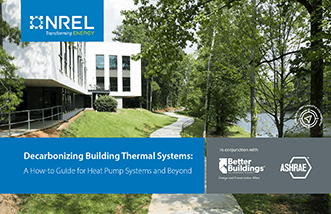
Decarbonizing Building Thermal Systems: A Guide for Applying Heat Pumps and Beyond: Developed in partnership with the Department of Energy through NREL, this guide focuses on how heat pumps should be applied and how they should be operated in commercial and multifamily buildings to support decarbonization. The guide provides guidance to design engineers on various heat pump-specific design elements including application and sizing in different climate zones, system configuration and refrigerants, electrical requirements, and control and operation strategies for space and hot water applications. The Heat Pump Application and Operation Guide will represent a critical resource to building designers and operators to support widespread adoption of this building decarbonization strategy. Stay tuned as the guide becomes expanded in 2025!
Download
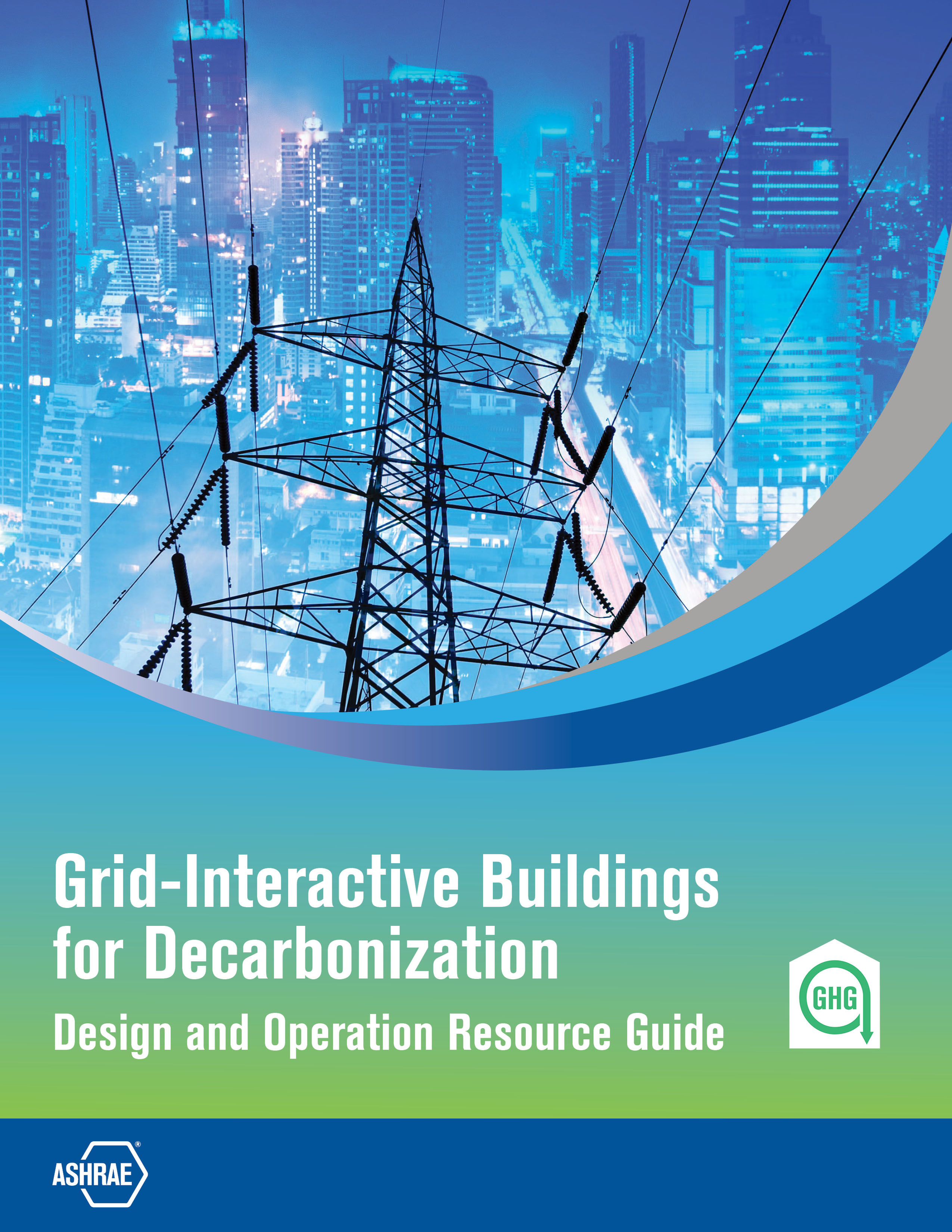
Grid-Interactive Buildings for Decarbonization
Stay up to date with the future of sustainable building practices with theGrid-Interactive Buildings for Decarbonization: Design and Operation Resource Guide. This guide is aimed at addressing the challenge of decarbonization in the built environment. Grid interactivity is a relatively new practice for most ASHRAE members, and buildings have a role in decarbonizing the power grid and managing their carbon budget; therefore, this guide provides information to enable readers to maximize carbon reduction through a building’s interaction with the electric power grid.
Purchase
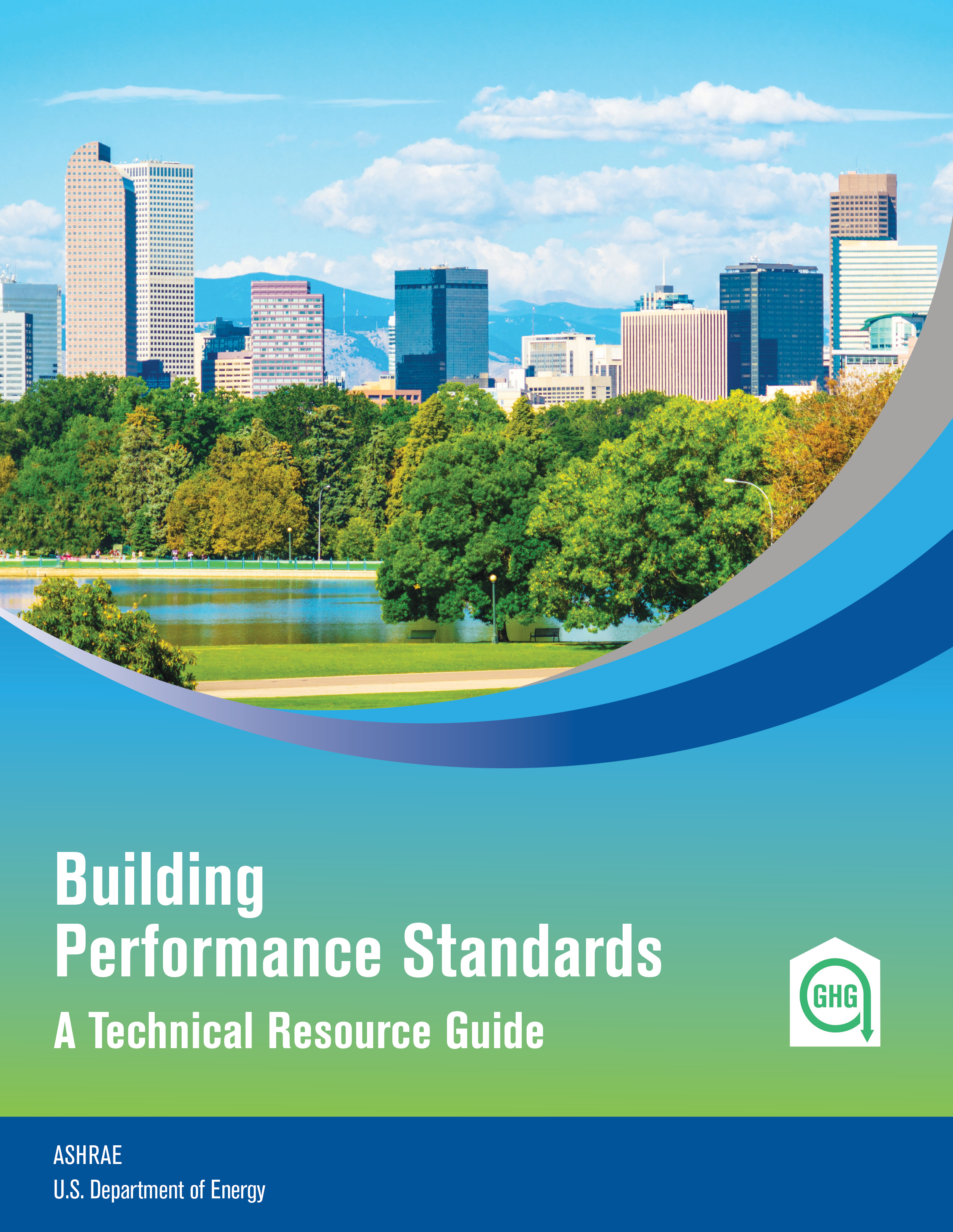
Building Performance Standards: A Technical Resource Guide
Building Performance Standards: A Technical Resource Guide, developed by ASHRAE and the U.S. Department of Energy, is guide is intended to provide technical basis and resources to policymakers, building owners, facility managers, design professionals and ASHRAE members when developing and implementing Building Performance Standards (BPS). The guide focuses on larger building types and scope of BPS as developed by leading U.S. cities and states. The guide covers BPS aimed toward reducing building operating energy use and resulting emissions and does not cover embodied energy or carbon, which is addressed by Whole Life Carbon Guide for Building Systems.
Download now
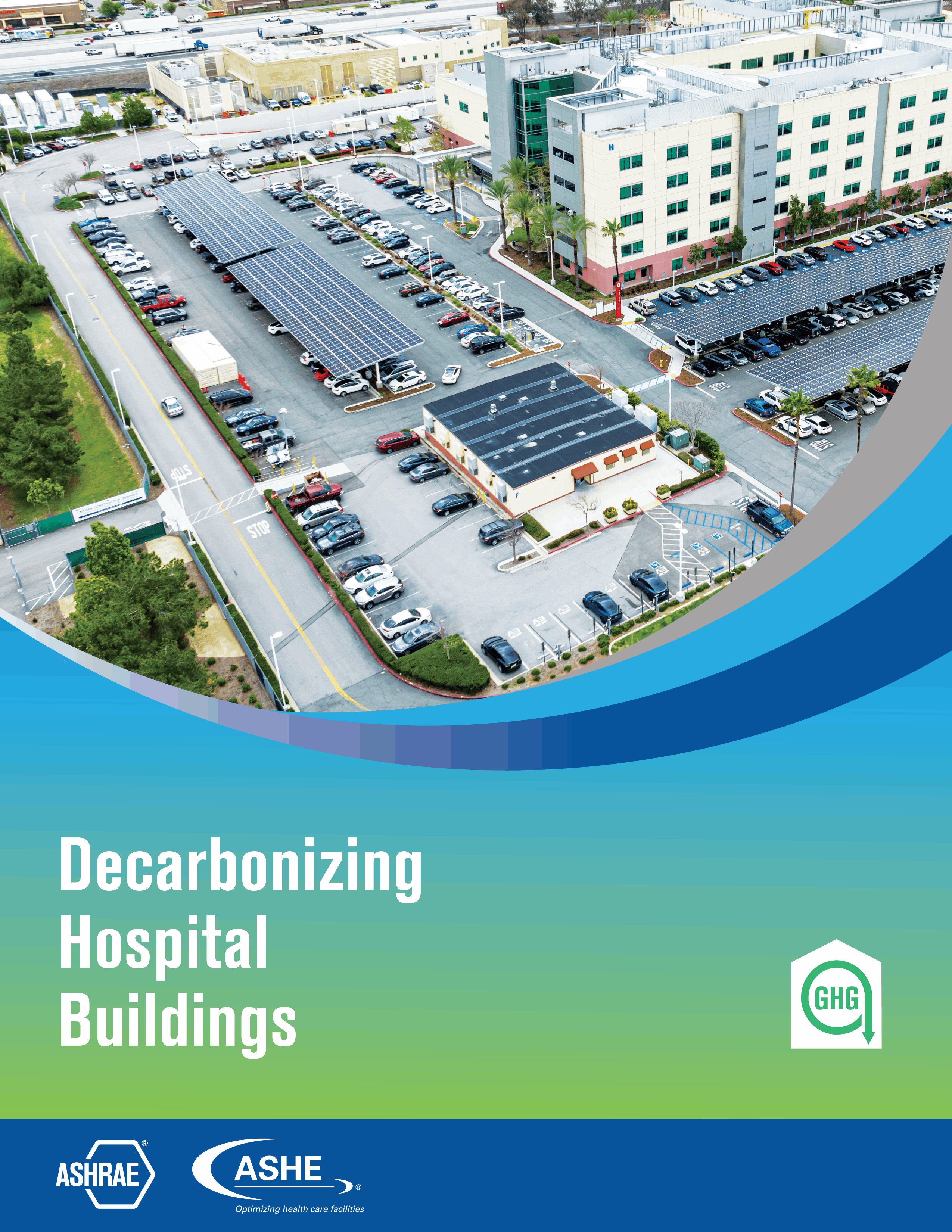
Decarbonizing Hospital Buildings
This guide for hospital facility managers, capital planners, hospital architectural and engineering teams, sustainability leaders, contractors and other building stakeholders specifically shows how to reduce GHG emissions in hospital buildings. North America hospital buildings have one of the largest carbon use intensities (CUI) of all building types. Owners of these buildings have a high interest in contributing to population (public) health by first, doing no harm. The challenges for decarbonizing healthcare buildings are much more complex than those for other buildings because of their unique needs in terms of the number and complexity of systems, infection prevention needs, regulatory environment, abundance of technology to deliver healthcare services, and needs for resilience. This guide, jointly developed by ASHRAE and American Society for Health Care Engineering (ASHE), will fill the need.
PURCHASE
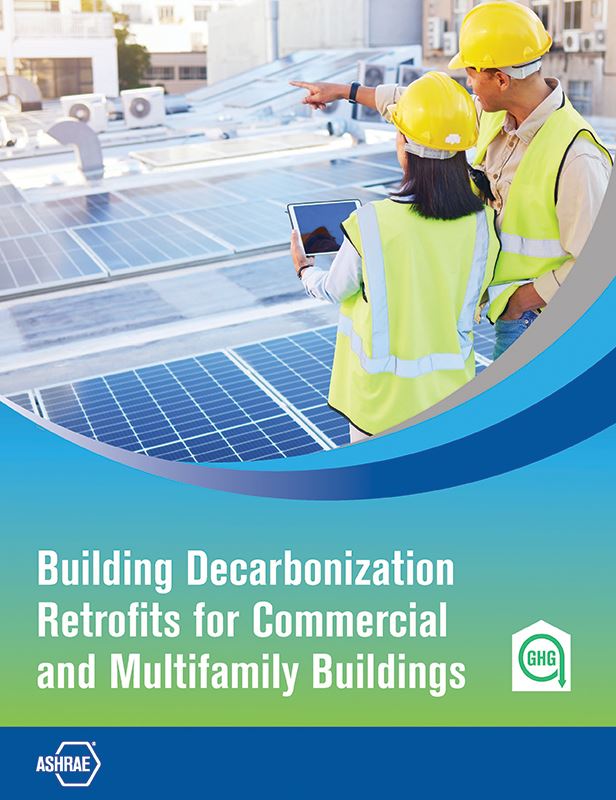
Building Decarbonization Retrofits for Commercial and Multifamily Buildings
This book is an essential resource for professionals and decision-makers in the building industry, offering clear pathways to decarbonizing existing commercial and multifamily properties. The guide is organized to take the reader on a path through a decarbonization project, including goal setting, planning, identifying strategies, implementation, metric tracking, financing, and specific considerations for existing buildings. The guide details the best practices for developing and conducting decarbonization retrofits for commercial and multifamily buildings. It includes 19 case studies showcasing diverse building types, systems, and decarbonization approaches; actionable steps for each phase of a decarbonization project, from goal setting to implementation; practical guidance on retrofitting HVAC systems, optimizing building envelopes, and utilizing renewable energy technologies; and expert recommendations on monitoring and tracking progress to
ensure long-term success.
PURCHASE
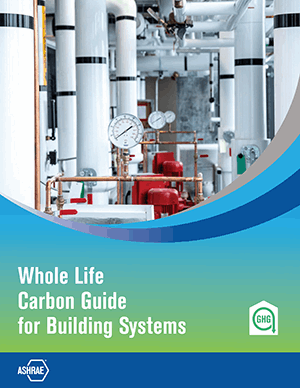
Whole Life Carbon Guide for Building Systems
To meet the targets of halving the global built environment’s greenhouse gas emissions by 2030 and achieving net-zero greenhouse gas emissions in all new and exisitng assets by 2050, not just operational carbon emissions but the whole life greenhouse gas emissions of buildings and building systems must be accounted for. This book therefore examines the impacts of mechanical, electrical, and plumbing (MEP) systems and how their design, operation, maintenance, replacement, and end-of-life treatment contribute to GHG emissions. Key features of this guide are an introduction to life-cycle assessments and whole building life-cycle assessments; an exploration of the roles and responsibilities involved in designing, operating, and maintaining MEP systems to reduce whole life GHG emissions and environmental impacts; and clear definitions of relevant terms. This guide provides the relevant background and practical guidance for building engineers, designers, consultants, operators, and owners to understand and reduce the whole life GHG emissions and other environmental impacts of MEP systems and the definitions, concepts, and guidance needed to calculate, interpret, and integrate life-cycle data from multiple sources to design MEP systems with lower whole life GHG emissions.
Purchase
| Return to Top
Upcoming Guides
Additional guides are planned for 2025.
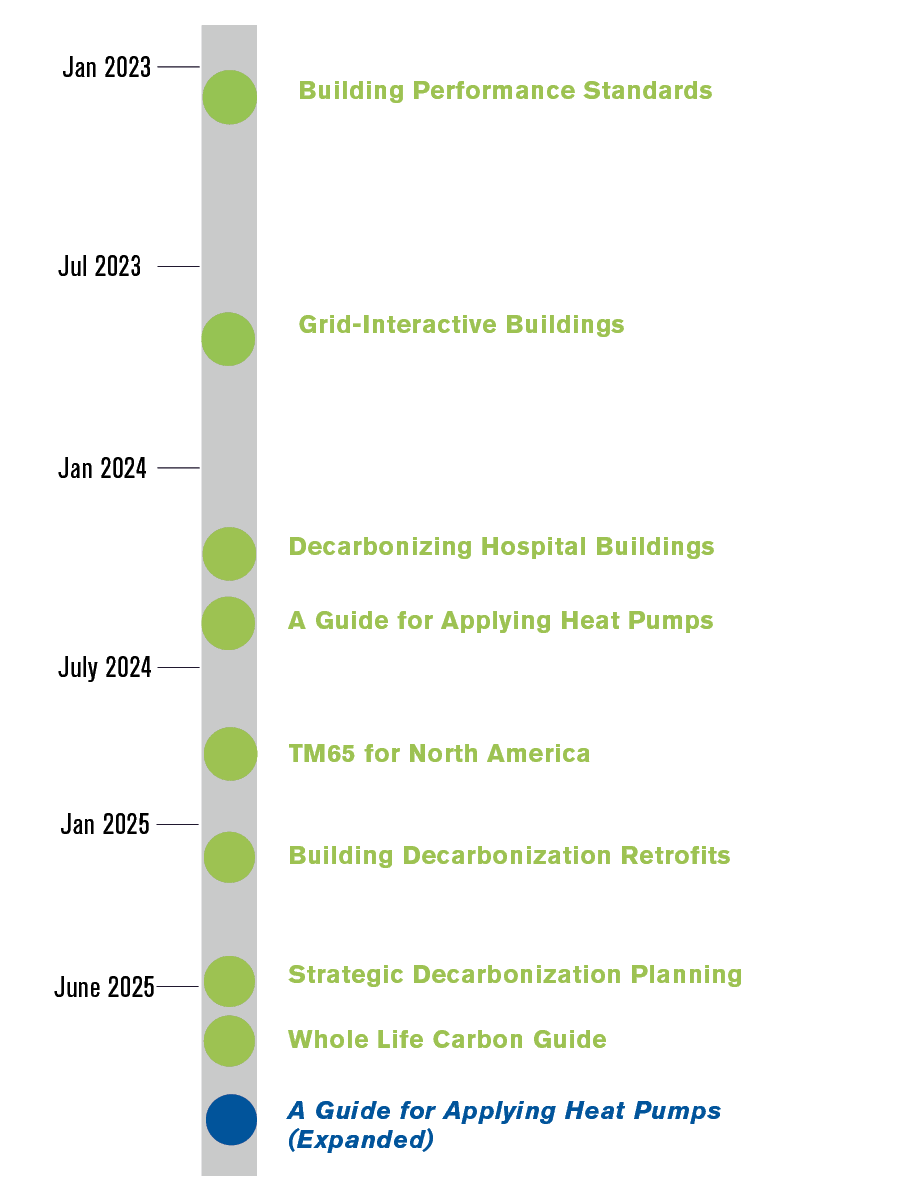
| Return to Top
ASHRAE Decarbonization Conference Proceedings
International Buildings Decarbonization 2024 Conference | Madrid, Spain
This conference provided a unique opportunity for professionals to share information, exchange ideas and collaborate on the design, construction, ownership and operation of facilities that have a minimal or neutral impact on the environment in terms of carbon footprint. The primary objective was to enrich the knowledge base while fostering global collaborations in decarbonization efforts, ultimately leading to a sustainable future for our planet.
Conference materials available here
International Building Decarbonization 2022 Conference | Athens, Greece: The conference provided a venue for information and idea exchange, between stakeholders in the built environment industry, concerning the timely and important topic of reducing carbon emissions from buildings. A primary goal of the conference was to bridge North America and Europe collaboration in decarbonization efforts. All conference papers are available here.
Browse the ASHRAE Technology Portal here to discover other decarbonization-related Journal Articles, Research Reports, Seminars, and Conference Papers.
Standards
Many ASHRAE standards address decarbonization and others are quickly evolving to address the issue. The table below lists ASHRAE standards that address energy efficiency, GHG emissions, refrigerant emissions, and/or renewables or may include such references in future updates.
More information about ASHRAE Standards can be found on the Standards and Guidelines page.
| Return to Top